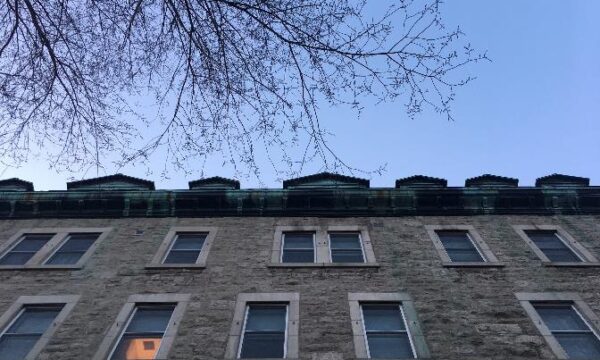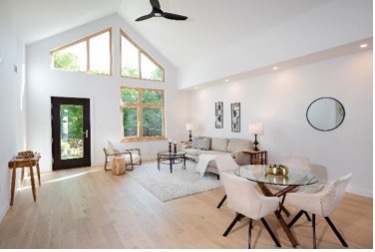Co-housing community in the municipality of Neuville
“I currently live in a cohousing community in the municipality of Neuville. We are 12 households, each with our own house, but we share the land as well as a common house, a maple grove, a shed and equipment such as a tractor, snowblower, tools, etc. Unlike most residential neighborhoods, where residents live together simply because of their geographical proximity, we have made a deliberate choice to live together. Unlike most residential neighborhoods, where residents live together simply because of their geographical proximity, we’ve made the deliberate choice to live together.
One of the main objectives of our approach is to foster community ties and belonging. The built environment is therefore a place where we can meet, but also where we can carry out regular collective activities.
Sharing resources encourages encounters, develops bonds of trust and community.
Communal areas are places for meeting and sharing. Benches, tables and children’s play areas are present at the cohousing community to encourage meetings and discussions. The upkeep of common areas and the realization of joint projects such as the maple grove and the garden are events that enable us to meet and exchange ideas.” (Booklet Positive Lived Experiences of Quality in the Built Environment 2024, p.8).
Discover similar lived experiences

